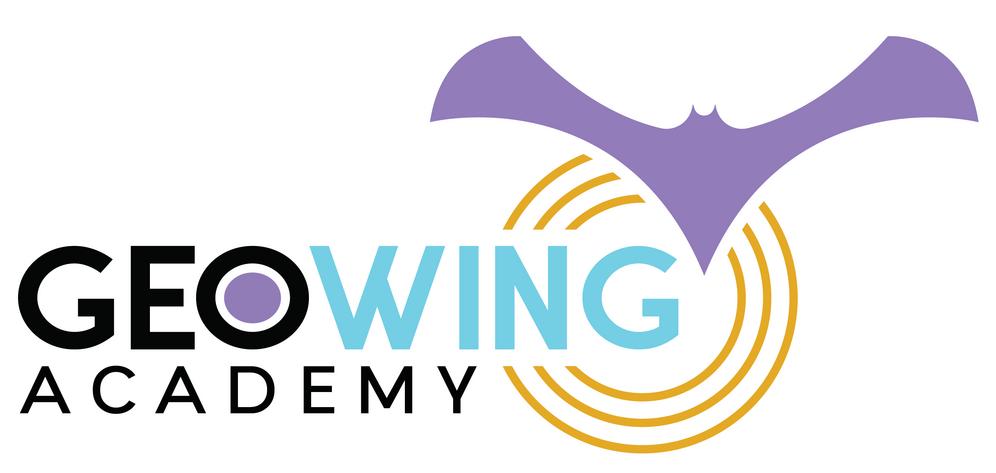
Can drones be the answer to urbanisation and conservation conflicts?
I live in a small town on the coast in a part of the world where beauty knows no bounds. As I write this the sound of birdsong outside my window echoes through the valley below and the chirps of frogs rise up from the tributary that winds its way beneath the forest canopy. The rain has lifted, after a much needed overnight downpour, the clouds now sitting higher in the sky as if to reset for the next predicted deluge. We needed it; it has been so dry of late. It’s astonishing how quickly Mother Nature can bounce back with just a little rain. The distant ocean waves add to the organic orchestra playing all around me. The smell of fresh rain and decaying detritus fills the air with a gentle, calming touch. Little isolated transpiration clouds appear out of almost nowhere above some larger trees in the forest below and float upwards. I am watching Mother Nature breathe as she sings her songs of spring.
2020 (the year we dare not speak about) for me was heaven, as it was for the wildlife in my area. The human population was hidden away for months and this allowed creatures great and small to truly rule the roost once more, to roam free without threat or persecution from Homo sapiens. It was beautiful to behold. Bushbuck frequented the open community park, a grassy paradise to which they rarely had access to because of the human traffic through there. Porcupines and caracal were spotted more frequently on camera traps in the urban belt and when I went for the weekly shop (the only time we were allowed out); I would go past the estuary to see what freedom from humanity would look like in one of the most sensitive ecosystems we have. It was stunning to say the least. Birds for DAYS, no plastic, the grass long and unkempt, no prawn hunters but only large schools of fish the likes of which I had not seen before. And the air was still, so still. No noise from the once busy highway that traverses the river mouth to drown out the natural sound or shit on the atmosphere day and night. Just peace and quiet. At the time I wished we could stay like that, just to give nature a chance for once.
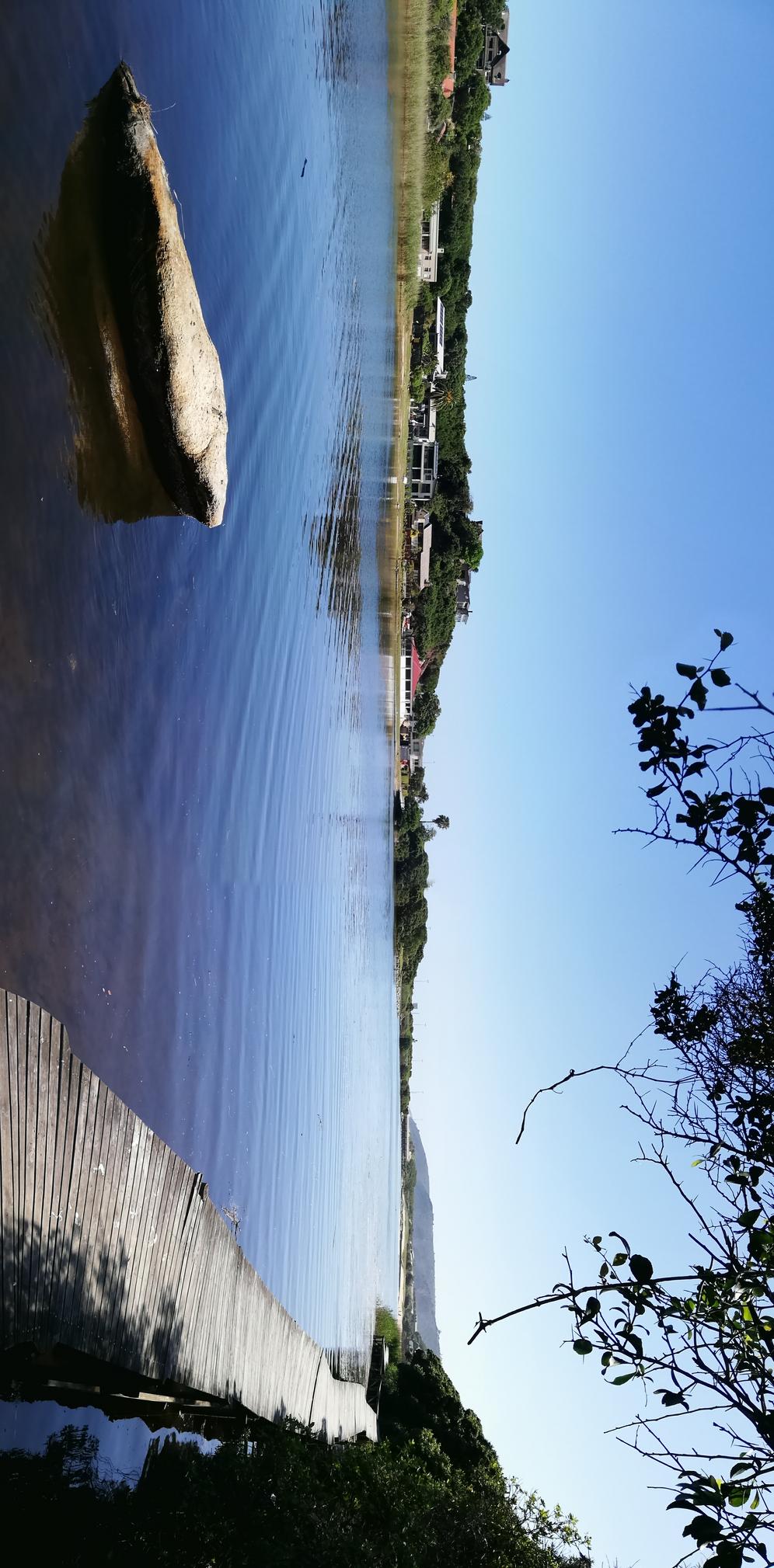
Figure 1: The stunning tranquillity of the estuary on a sunny afternoon
But back to the present. The world has certainly changed since 2020. With everyone moving office jobs online we have seen a mass exodus of people from cities to rural spaces. Not just here, but globally. To be honest it is horrendous. In my area the local town is seeing a huge population increase every year since covid restrictions started to lift in 2022. This is not only putting tremendous strain on our local water and power supplies, but has also increased the amount of traffic by about a billion million cars while rapid infrastructure development is pushing out the wild green spaces and wildlife. Roads are being widened to accommodate more and more traffic and more and more houses, housing complexes, estates and shopping malls are being built in rapid succession to cope with the burgeoning influx.
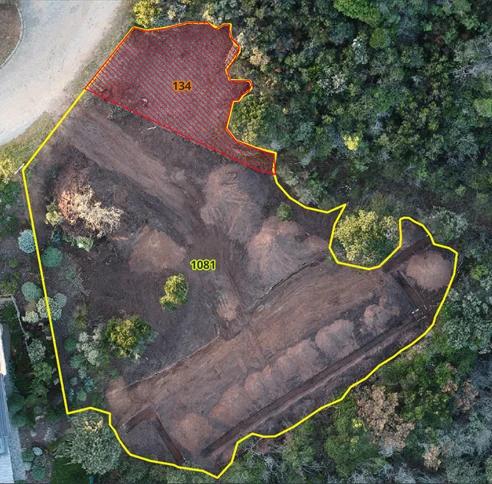 | 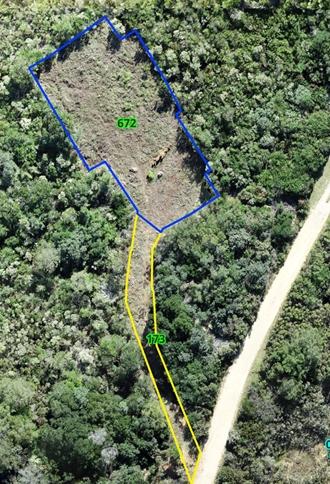 |
Figure 2: Excessive bush clearing by contractors. The area in yellow shows the full extent of the vegetation cleared for the building. The area in red represents excess clearing which was not part of the landowner’s property. Area in metres squared
| Figure 3: Correctly cleared stand with minimal damage to the surrounding vegetation with enough base vegetation to prevent erosion.
|
It is well known that if you are in the business of destroying our wild spaces, you will be financially heavily rewarded, but if you try to conserve the very life support that we cannot survive without, you might as well resign yourself to a life of living in a shoe box, eating sand and struggling to find any sort of funding to keep your local conservation efforts afloat. I think I speak on behalf of all those around the world who work in conservation; it seems to be the same everywhere. The conservationists want to protect an estuary, but developers want to build yet another holiday resort (that will remain at 20% capacity or less year round), as if there aren’t already enough.
Now of course (rant over) it is impossible to stop the migration and obviously these developments are inevitable. My gripe is that the very good conservation protocols and legal requirements are collateral damage when it comes to all these new developments. Wealthy newcomers don’t tread lightly on the environment and the local government and municipalities that are tasked with ensuring that the environmental and construction laws / guidelines are simply grant relaxations left right and centre to those with the deepest pockets. Go ahead and cut down all the natural vegetation after the Environmental Impact Assessments (EIAs) are done, it’s just a box ticking exercise anyway, right? Now fill the property with concrete, build your house five storeys tall (even though the regulations stipulate a maximum of two that must not break the skyline) and put up lumens and lumens of spot lights for “security” that pollute the night sky and disrupt nature’s cycles. It’s easier to target the little guy though, so be prepared to feel the full wrath of the law if you want to put up a wee kennel for Fido next to the back door of your tiny house as this will cause erosion and contribute to global warming and possibly the extinction of humanity entirely.
|
|
| Figure 4: Building height scale in 3D illustrating roof heights way beyond regulations | Figure 5: Alternative angle showing roof heights way beyond regulations. Scale bar in metres |
I get that our local municipality is short-staffed when it comes to their environmental department and one person trying to get to all the sites in the area to ensure compliance is impossible. But why do we have so much money for the development department, yet so little to make sure that development is done correctly within the bounds of the laws that are there to protect the wildlife that we have and cherish so much as a community?
So what does my rant have to with drones, you say. I would say that drones can play a critical role in this process. By being able to frequently scan developing areas in sensitive eco-systems and get a baseline data model, municipal workers can monitor environmental changes more easily, faster and more accurately than ever before and enforce compliance to prevent damage timeously so that we might have a shot at keeping our wild spaces wilder for longer with less impact. Perhaps it can even be a community based project where those with drones can offer their services to simply fly sites and generate 3D models when they have a minute to spare? Could it actually become a reality where the municipalities actually work with the communities they supposedly look after and incorporate public participation in the process of development? I sincerely hope so. I want to sit here in the future and still be able to hear the birds, smell the rain, listen to the frog song and feel attached to Mother Nature.






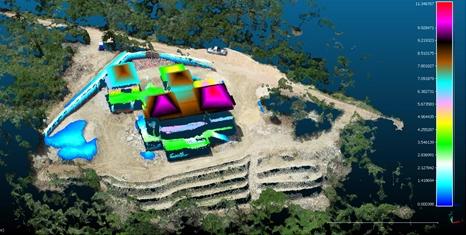
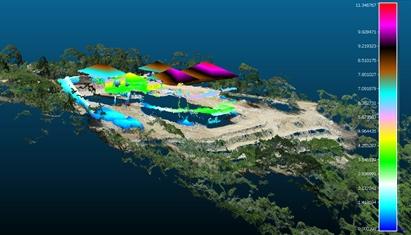

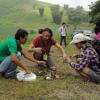
Add the first post in this thread.